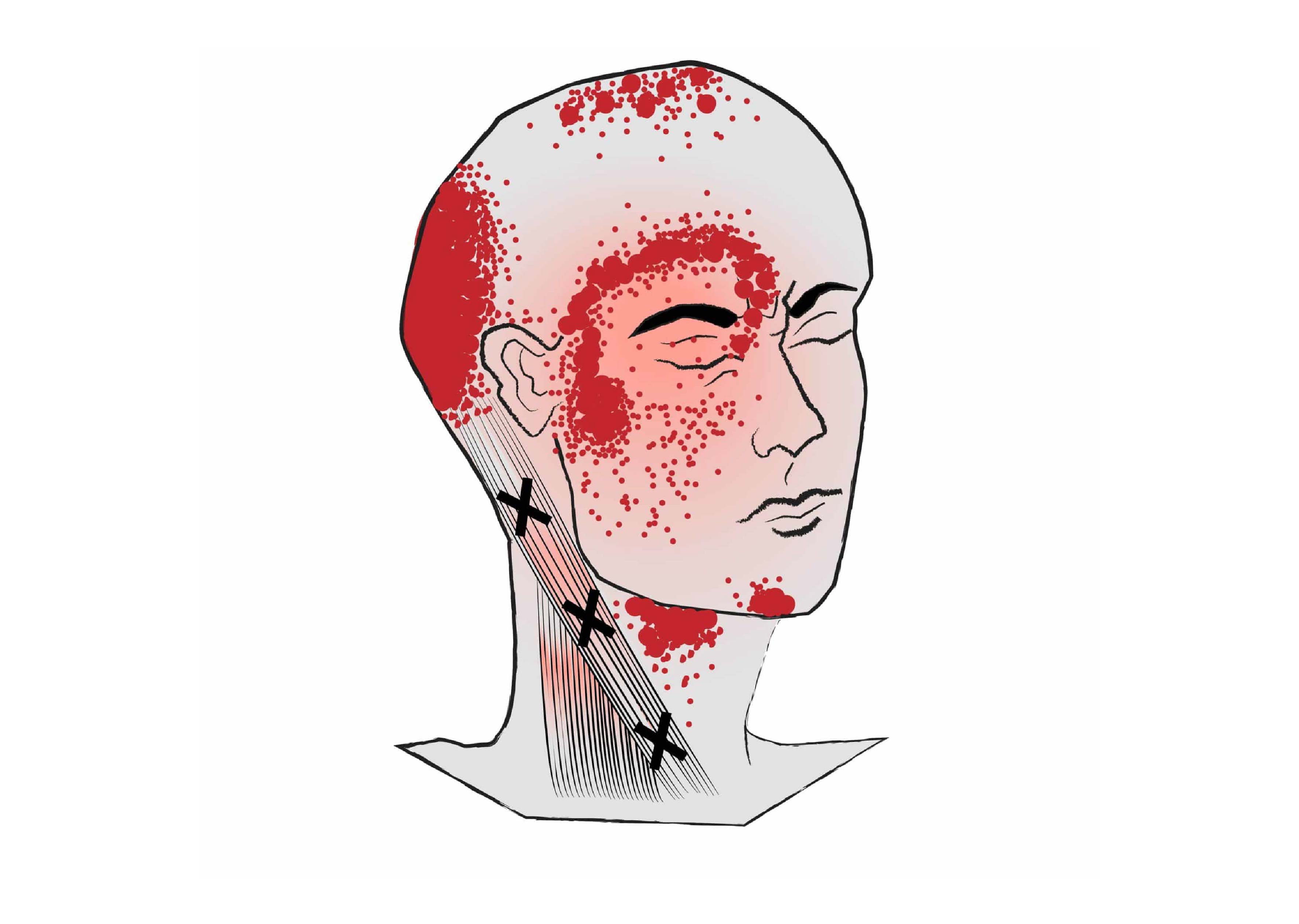Cervicogenic Headache
All Treatment

Cervicogenic Headache
Cervicogenic headache (CGH) arises when pain in the neck is referred to the head from a specific source. The discomfort is usually a mild aching, although the intensity of the pain can sometimes worsen. Symptoms of CGH are frequently side-locked, meaning they only affect one side of the neck, head, or face.
CGH is a secondary headache that develops as a result of a primary physical or neurological disease. Trauma, such as a fracture, dislocation, whiplash injury, or an underlying medical condition, such as rheumatoid arthritis, cancer, or infection, can all induce CGH. CGH can be difficult to diagnose because pain is not usually felt in the neck, despite the fact that the source of the pain is in the cervical spine. Symptoms of CGH can also be mistaken for primary headaches including migraine and tension-type headaches.


